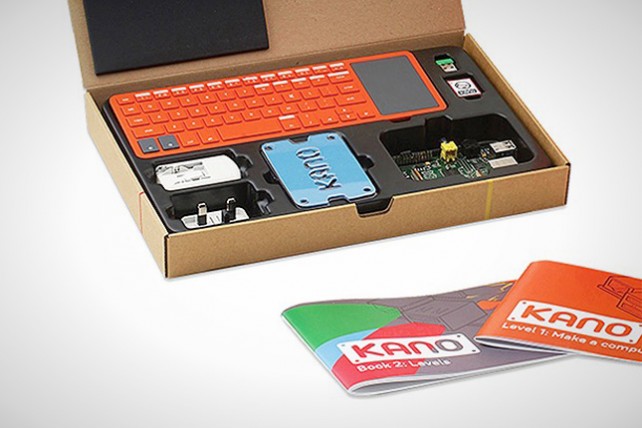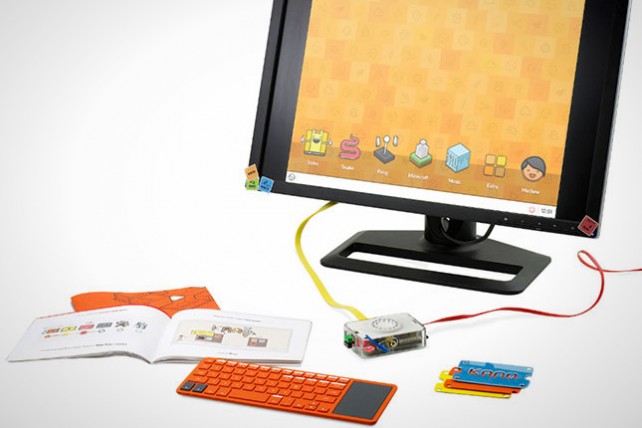
The kits are mainly aimed at kids and are designed for an “end-to-end computer” experience. The cost of each kit is $99, which obviously arrives in pieces, so the curious user can put it together. Kano’s very simple guidebooks lead the user on to start coding and creating things.
This project is a simple and fun, step-by-step computer kit that makes the Raspberry Pi a great deal more accessible to everyone. Kano comes with a Keyboard, an SD card, a makeable casing, some case mods, lots of games and levels, a DIY speaker, Level books with plenty of hours worth of projects and an operating system.
Kano is not just repackaging Pi hardware but building its own software on an operating system, Kano OS, which is built on top of Debian Linux (using the Debian Wheezy distro) and a Scratch-like visual coding environment called Kano Blocks.

The start-up has also taken in seed funding from friends & family to develop the kit over the past twelve months or so, including some funding from Index Ventures via one of its three co-founders, Saul Klein, a partner at that firm.
Kano is opening with the idea of serving global and emerging markets, starting with languages of English, Spanish, Arabic and Mandarin versions of its build-it-yourself kit’s guidebooks. The company is also working on adding more languages, including Hindi.
[Image via brit]
SOURCE: http://techcrunch.com/2013/12/19/the-kano-build-it-yourself-computer-for-kids-raises-1-4m-on-kickstarter/




